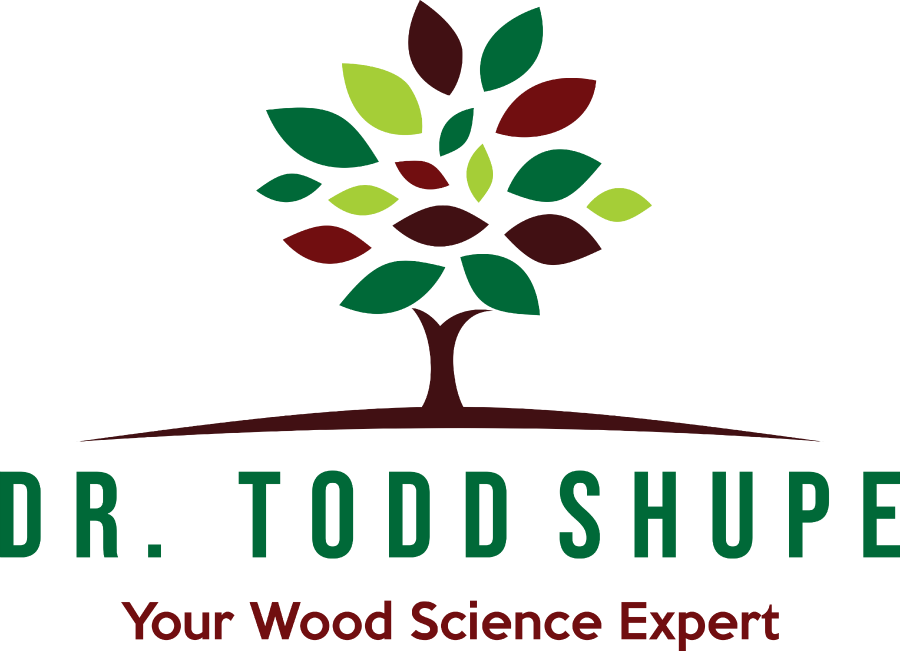Eco-Friendly Construction Methods Are Available For Those Seeking Truly ‘Green’ Homes

From watering the grass in the front yard to replacing shingles on the roof, the modern home isn’t exactly resource-friendly. It takes a lot of products to keep a home in good condition. Unless you want to deal with deterioration, there are few routes available except to fix the hole in your roof, chipped paint on your walls and floors that are wearing out. Fixing these defects often means going to the local hardware and home goods store and purchasing products that were likely built out of finite resources harvested from the earth.
However, the construction process is one of the few times that new homeowners can have a say on what’s going into their home and how it will affect the environment later on down the line. This area of focus has long been of considerable interest to me.
Treated wood is an important weapon in maintaining your most important financial interest – your house. Today’s wood preservatives are environmentally friendly and help consumers achieve a green housing solution. An integrated pest management (IPM) program is the best approach and uses proper building practices, treated wood, and safe insecticides. Below are a few tips that today’s consumers facilitate sound building practices and ensure that they are building the most “green” home possible.
- Reduce, then re-use: Reduce, then re-use: Reclaimed lumber is one of the best ways to reduce the environmental impact of your house. Construction experts have indicated that “reclaimed” wood from demolished buildings is a great way to give a second life to this mass-produced construction material. Also, this wood often looks great and increases the home value.
- Keeping warm: The typical insulation that’s packed into the walls of a home is made primarily of fiberglass and can cause respiratory problems if you’re handling it too rough. Eco-friendly construction proponents indicate that there are alternatives on the market that will still help you keep warm in the winter. They include wool, bio-based spray foam and repurposed plastics, newspapers and even blue jeans!
- Washed away: The common asphalt-based shingles that are used in the U.S. also contain oils that are washed away over time. Those oils are hardly environmentally-friendly, so it’s important to find a way to protect what’s in your home while employing a renewable resource. Some alternatives to the standard shingle are recycled metal, slate or clay tiles or a “green” roof.
Meet the Author
Dr. Todd Shupe is the President of Wood Science Consulting, LLC. He is a well-recognized expert on wood forensics, wood preservation, wood decay and degradation, and wood species identification. He has a broad background in new product development, quality management, and marketing and sales in both the public and private sectors. For more information please visit DrToddShupe.com.
We welcome your comments below.
Thank you for visiting. We trust that you have enjoyed reading our articles.
Liked this post? Read more below or search for more topics . . .

